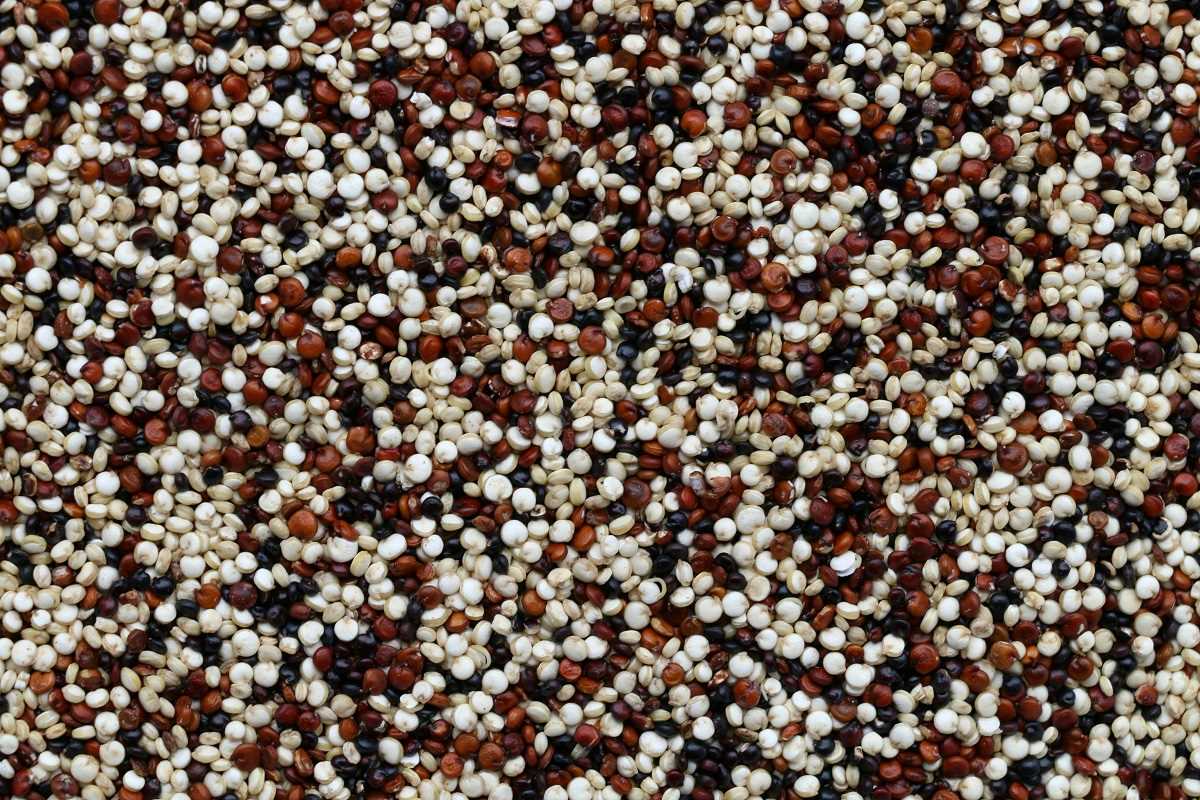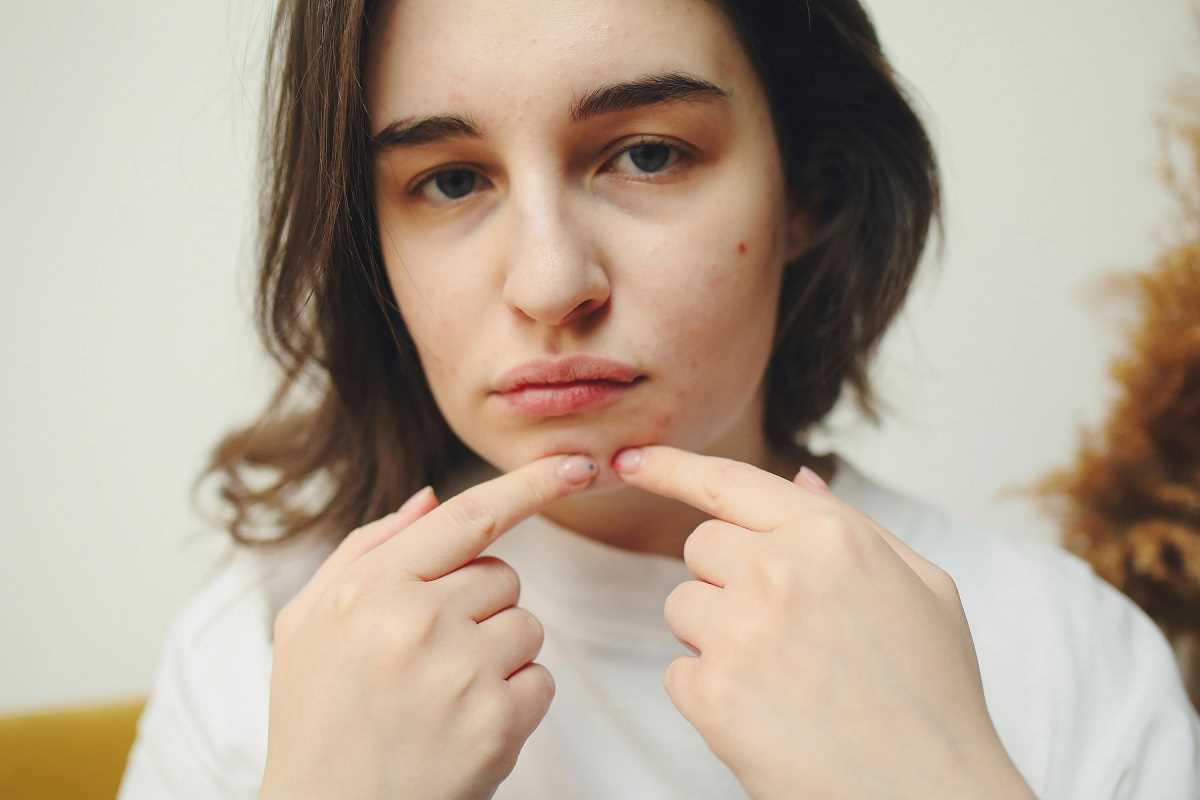Childhood allergies are a common health concern, affecting millions of children worldwide. Allergies occur when the immune system overreacts to substances that are typically harmless, such as pollen, pet dander, or dust mites. Environmental factors play a significant role in triggering and aggravating these allergic reactions. Understanding these factors is essential for parents and caregivers who want to protect their children and manage allergy symptoms effectively.
Common Allergens and Their Impact on Children
1. Pollen
Pollen, released by trees, grasses, and weeds, is one of the leading causes of seasonal allergies, often called hay fever or allergic rhinitis. When children inhale pollen, their immune system may recognize it as a threat, leading to symptoms like sneezing, a runny nose, itchy eyes, and throat irritation. Pollen levels tend to be higher during spring and fall, and affected children may feel less energetic outdoors during these times.
2. Dust Mites
Dust mites are tiny creatures that live in household dust and thrive in warm, humid environments. They are often found in bedding, carpets, and upholstered furniture. When children breathe in dust mite particles or their waste, allergic reactions can occur. Symptoms include nasal congestion, itching, and watery eyes. Prolonged exposure can also worsen asthma symptoms for children who already have the condition.
3. Pet Dander
Pet dander consists of tiny flakes of skin shed by animals like cats, dogs, rabbits, and rodents. For children allergic to dander, close contact with pets can trigger sneezing, coughing, itchy skin, or breathing difficulties. It’s important to note that pet hair itself is not the allergen—it’s the proteins found in the dander, saliva, and urine of pets that cause these reactions. Dander can linger in a home for long periods, even after a pet is no longer present.
4. Mold
Mold grows in damp and poorly ventilated areas such as bathrooms, basements, and kitchens. Outdoor mold thrives in rotting vegetation, particularly during rainy or humid seasons. Mold spores can become airborne and irritate a child’s respiratory system, leading to symptoms similar to those caused by pollen or dust mites. Children with mold allergies may also feel worse in damp environments or after playing near fallen leaves or compost piles.
The Role of Pollution and Climate Change in Allergies
Pollution’s Impact
Air pollution, particularly from car exhaust, industrial emissions, and burning fossil fuels, is a major factor in aggravating childhood allergies. Pollutants like particulate matter (PM), nitrogen dioxide, and ozone can irritate the airways, making the body more reactive to allergens. For children with existing respiratory conditions such as asthma, polluted air can worsen symptoms or lead to more frequent flare-ups.
Indoor air pollution also plays a role. Secondhand smoke, fumes from cleaning products, and the use of scented candles or air fresheners can introduce irritants into the home, making allergies harder to manage.
Climate Change and Rising Allergies
Climate change, with its effects on weather patterns and air quality, is making allergies worse for children. For example, warmer temperatures lengthen the pollen season, meaning children are exposed to allergens for extended periods. Additionally, high carbon dioxide levels encourage plants to produce more pollen, further increasing the allergen load.
Severe weather events, such as floods, promote mold growth in water-damaged homes. Heat and humidity provide the perfect conditions for dust mites and other allergens to thrive. Together, these changes contribute to an increase in allergy symptoms and the number of children affected.
Tips for Reducing Allergen Exposure
Parents and caregivers can take proactive steps to minimize their child’s exposure to allergens. Here are some practical tips to make the home and environment more allergy-friendly.
1. Manage Indoor Allergens
- Control Dust: Vacuum carpets and furniture regularly using a vacuum cleaner with a HEPA filter. Dust surfaces with damp cloths instead of dry ones to avoid spreading particles.
- Wash Bedding: Wash sheets, pillowcases, and blankets weekly in hot water to eliminate dust mites. Consider using allergen-proof covers on mattresses and pillows.
- Reduce Humidity: Use a dehumidifier to keep indoor humidity levels below 50%, which discourages mold and dust mites from growing.
- Limit Clutter: Keep toys, books, and other items to a minimum in your child’s room as they can collect dust.
2. Address Pet Allergies
- Try keeping pets out of your child’s bedroom or creating pet-free zones in the home.
- Brush and bathe pets regularly (if it doesn’t bother your child’s allergies).
- Use air purifiers to reduce airborne pet dander in the house.
3. Minimize Pollen Exposure
- Keep windows closed on high pollen days, especially in the morning when levels are highest.
- Use air conditioning with a clean filter system rather than opening windows for ventilation.
- Have your child change clothes and shower after outdoor play to remove pollen from their skin and hair.
4. Prevent Mold Growth
- Fix any leaks or water damage in your home promptly.
- Clean and dry areas prone to dampness, like bathrooms and kitchens, often.
- Avoid placing plants indoors if mold is a concern, as soil can harbor spores.
5. Limit Exposure to Outdoor Pollution
- Avoid outdoor activities on days when the air quality index (AQI) is poor.
- Walk or bike with your child on quieter streets rather than near busy highways.
- Use a car with a good air filtration system if commuting in heavy traffic.
Managing Allergy Symptoms
Sometimes, despite taking precautions, children may still experience allergy symptoms. Here’s how parents can help alleviate discomfort and improve their child’s quality of life.
- Over-the-Counter Remedies: Antihistamines and nasal sprays are often effective for managing allergy symptoms. Speak to a pediatrician before giving these medications to your child.
- Hydration: Encourage your child to drink plenty of water to stay hydrated, as this can soothe an itchy throat and thin mucus.
- Saline Nasal Rinses: Saline sprays or rinses can help flush allergens out of your child’s nasal passages.
- Allergy Testing: If symptoms persist or worsen, consult an allergist to identify specific triggers. Allergy shots or immunotherapy may be recommended for long-term relief.
Childhood allergies are increasingly influenced by environmental factors such as common allergens, pollution, and climate change. Although these elements can’t be entirely avoided, taking steps to reduce exposure and manage symptoms can make a big difference in a child’s comfort and well-being. By staying informed and proactive, parents can help their children breathe easier, feel better, and enjoy their daily activities to the fullest.
 (Image via
(Image via


.jpg)


